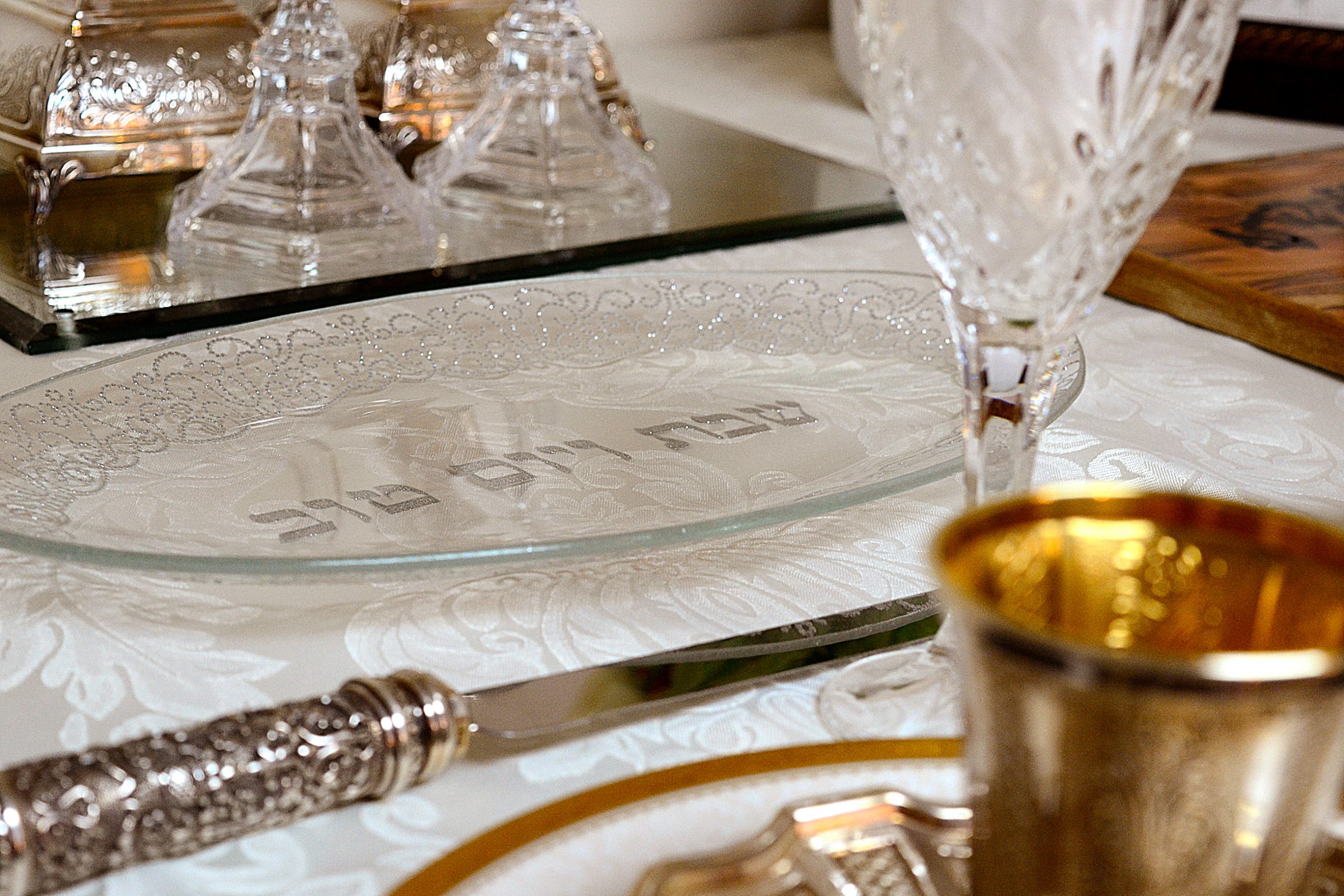
“And the Children of Israel shall guard the Sabbath, to make the Sabbath throughout their generations, an eternal covenant.”[31:16]
In the Talmud [Shabbos 119], Rebb
If we look at the verse above, the Hebrew word for “for their generations” is written in its “contracted” form — without those letters (in this case, the letter “vav”) which indicate certain vowels. Thus, as an anonymous source pointed out, “l’dorosam” can also be read “l’dirosam” — “for their homes.” If the candles are lit, the table is set, and the house is prepared, then it is immediately recognizable that this is a Jewish home.
Since October 7, there has been a surge in Jewish practices, even as people feel pressured to hide their Jewish identity. People want to do more, but, when it comes to Shabbos, they may treat it as an “all or nothing” venture — if I’m not willing to observe the Sabbath for 25 hours, then it’s not worthwhile to observe it for 25 minutes, either. The Torah is hinting to us, however, that the opposite is true. There is tremendous value in lighting the candles, setting the table, and sitting down together as a Jewish family, regardless of what happens later. It still creates the mark of a Jewish home, on the inside, even if no one knows on the outside.
Just ask your spouse, your children, your parents, and/or your friends, to join you for two hours each Friday night. Light the candles. Set the table. And, of course, do your best in the kitchen. At this time of year, Shabbos still arrives in the early evening in the Northern Hemisphere — candle-lighting is before 6:30 across the US. Who can’t set aside six to eight p.m.? No TV, no phone calls, just you and the family, plus the guests who may have joined you.
Try it for a few weeks, and you may never want to go back. You might even want to do a repeat on Shabbos morning…!


